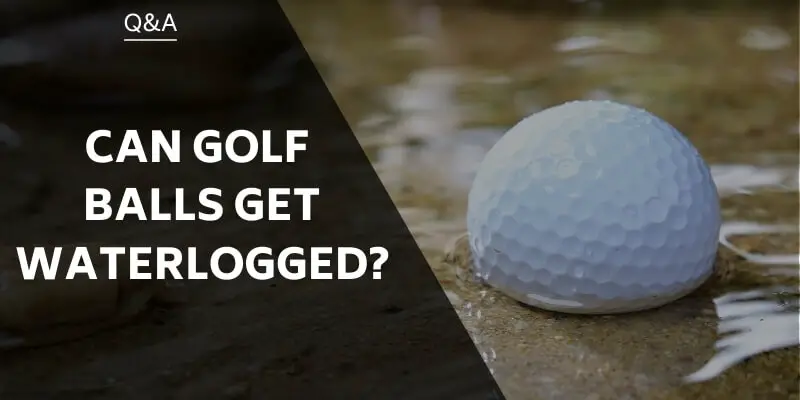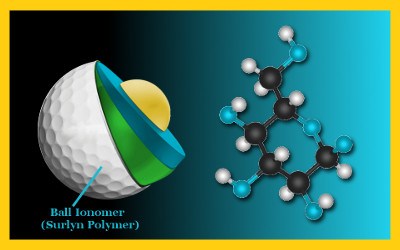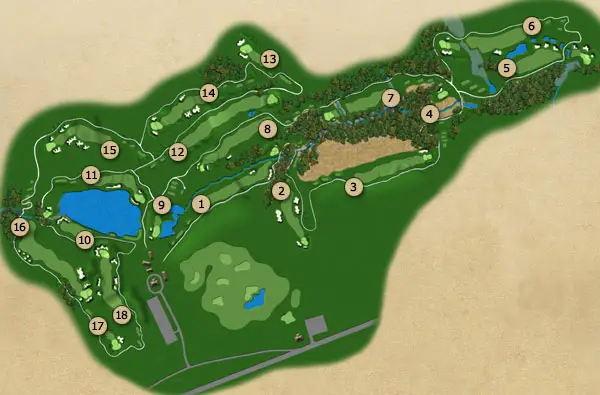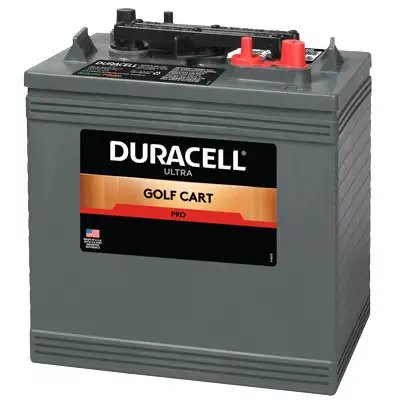Do Golf Balls Get Waterlogged

Golf is a sport that requires a lot of skill, practice, and patience. Whether you’re a beginner or an experienced player, the performance of your golf balls can have a significant impact on your game. One question that many golfers have asked themselves is whether golf balls get waterlogged. The answer is yes, and it can affect the ball’s flight, distance, and accuracy.
Waterlogged golf balls can occur when a ball is exposed to water for an extended period of time, causing it to absorb water and increase in weight. The science behind golf ball construction and the factors affecting water absorption can help golfers make informed decisions about how to care for their golf balls and prevent waterlogging.
In this article, we’ll explore the science behind golf ball construction and the factors affecting water absorption. We’ll also discuss how to test for water absorption and how to prevent golf balls from getting waterlogged. Whether you’re a seasoned golfer or just starting out, understanding the impact of waterlogging on golf balls can help you improve your game and make more informed decisions about how to care for your equipment.
So read on to learn more about the fascinating science behind golf balls and water absorption, and how to ensure that your golf balls perform at their best on the course.

The Science of Golf Ball Construction
Golf balls are typically made of a combination of rubber and plastic, with an outer layer of dimpled cover. The materials used in golf ball construction can affect their ability to absorb water. For example, some golf balls have a harder outer layer that is less prone to water absorption, while others have a softer layer that is more absorbent.
Different types of golf balls also have different properties that can affect water absorption. For example, distance balls are typically designed with a harder outer layer to maximize distance, while softer balls are designed for more spin control.
Factors Affecting Water Absorption
Several factors can affect whether golf balls get waterlogged, including exposure time, temperature, and humidity. Golf balls left in water for extended periods of time will absorb more water than those only briefly exposed to water. Temperature and humidity can also impact water absorption, as hotter and more humid environments can increase the rate of absorption.
Water absorption can have a significant impact on the performance of a golf ball. As a ball absorbs more water, its weight can increase, causing it to fly shorter distances and with less accuracy.
Testing for Water Absorption
To test whether a golf ball has absorbed water, there are several methods you can use. One simple method is to drop the ball from a height of six feet onto a hard surface. If the ball bounces back to its original height, it has not absorbed much water. If it bounces lower than its original height, it has absorbed water and may be waterlogged.
Another method involves measuring the weight of the ball before and after submerging it in water for a set amount of time. If the weight increases significantly, the ball has absorbed water and may be waterlogged.
Preventing Water Absorption
To prevent golf balls from getting waterlogged, it’s essential to store them properly. Keep them in a dry, cool place away from moisture and humidity. Consider using a waterproof golf bag to protect your balls from the elements.
Preventing water absorption in golf balls can help maintain their performance and save you money in the long run, as you won’t have to replace waterlogged balls as frequently.
Conclusion
In conclusion, golf balls can get waterlogged, and it can have a significant impact on their performance. Understanding the science of golf ball construction and the factors affecting water absorption can help golfers make informed decisions about how to store and care for their golf balls. By testing for water absorption and taking steps to prevent waterlogging, golfers can ensure that their balls perform at their best on the course.




